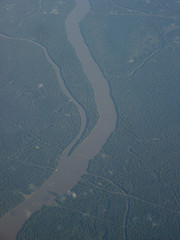 The New York State Department of Wildlife Conservation (DEC) is reporting some oiled birds as a result of an oil spill on a Hudson River tributary in Kingston, NY.
The New York State Department of Wildlife Conservation (DEC) is reporting some oiled birds as a result of an oil spill on a Hudson River tributary in Kingston, NY.
More details about the spill are available from the Watershed Post and a report from the Hudson River’s Riverkeeper.
Read the Watershed Post piece, here.
And see the Riverkeeper site for more information about non-point source pollution in the area affected by Sandy.
There is also an oil spill in the Arthur Kill, a narrow waterway between Staten Island and New Jersey. The Hudson Valley Press Online is reporting a spill and clean-up at a local oil company on the Arthur Kill and nearby waterways. Read the story, here.
It appears a nearby marina is stumped by by the appearance of oil. New Jersey News 12 offers a brief write-up and a clip. See it here.
The New York State DEC also announced that shellfishing is closed off Long Island’s Nassau and Suffolk Counties until next week because of sewage in the water. Read the details in the NYS DEC press release, here.
Photo: DEC staff rescuing a great blue heron harmed by an oil spill in the Hudson Valley after Hurricane Sandy. Photo used courtesy of NYS DEC.


